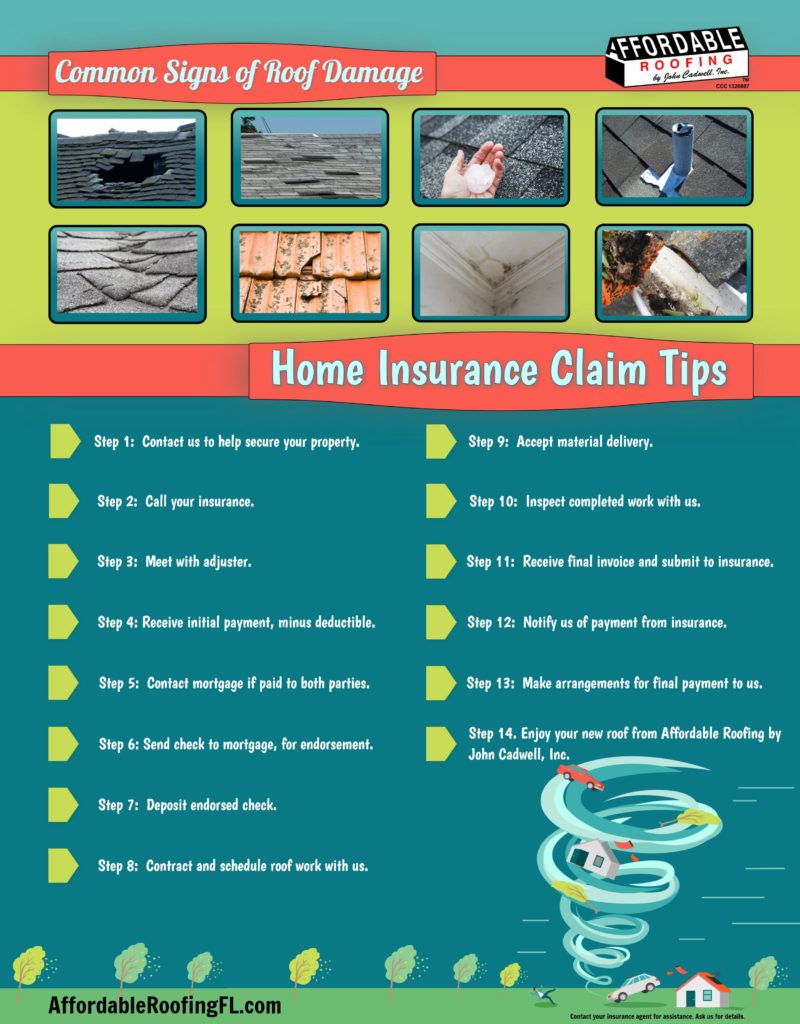Typical Risks In Roof Installation And Ways To Avoid Them
Typical Risks In Roof Installation And Ways To Avoid Them
Blog Article
Author-Yang Miranda
When you're preparing a roofing installation, it's easy to overlook critical information that can cause considerable problems down the line. You might be tempted to cut edges on product option or miss proper flashing installation, yet these usual mistakes can cause costly repairs later. Recognizing roofing companies in san antonio of ventilation and sticking to neighborhood building ordinance is important for a successful task. So, what are the key actions you should take to ensure your roof covering stands the test of time? Let's discover some reliable techniques to stay clear of these mistakes.
Poor Product Choice
When it concerns roofing installation, picking the incorrect materials can result in pricey problems down the line. You may believe that any roofing material will do, yet that's an usual misunderstanding. It's crucial to choose materials that fit your regional environment and the particular requirements of your home.
For example, if you reside in a location with heavy rain or snow, opting for asphalt shingles might not be the very best choice. Instead, think about more resilient alternatives like steel or slate.
In addition, take note of the high quality of the products you're considering. Economical products might save you money upfront, but they frequently lack durability and can result in regular repairs or replacements.
You need to likewise think about the design of your home and make certain the products you select will maintain its visual allure.
Finally, do not forget to seek advice from specialists. They can offer beneficial insights and suggest products that comply with neighborhood building codes.
Spending time in proper product selection now can aid you stay clear of migraines and expenses in the future, making your roofing job a success.
Inadequate Flashing Setup
Selecting the appropriate products isn't the only variable that can bring about roofing problems; insufficient flashing installation can additionally develop significant issues. Flashing is crucial for routing water away from vulnerable areas, such as smokeshafts, skylights, and roofing valleys. If it's not set up appropriately, you run the risk of water intrusion, which can bring about mold and mildew growth and architectural damage.
When you mount flashing, guarantee it's the best kind for your roofing system's style and the local climate. For example, steel blinking is commonly a lot more sturdy than plastic in areas with hefty rainfall or snow. Make certain the blinking overlaps properly and is secured firmly to stop voids where water can seep through.
You ought to additionally take notice of the installation angle. https://www.facilitiesnet.com/roofing/article/How-to-Perform-a-Roof-Condition-Index-Assessment--18585 should be positioned to route water far from the house, not towards it.
If you're uncertain concerning the installation procedure or the products needed, seek advice from a professional. They can help determine the best blinking alternatives and make sure whatever is installed appropriately, guarding your home from possible water damage.
Taking these steps can save you time, cash, and headaches later on.
Neglecting Air Flow Requirements
While several homeowners concentrate on the visual and architectural facets of roofing system installation, overlooking ventilation needs can result in major long-term consequences. Proper air flow is important for controling temperature and moisture levels in your attic, stopping issues like mold and mildew development, timber rot, and ice dams. If you do not set up ample ventilation, you're establishing your roof up for failure.
To prevent this blunder, initially, evaluate your home's specific ventilation demands. A well balanced system commonly includes both intake and exhaust vents to promote air flow. Ensure you have actually mounted soffit vents along the eaves and ridge vents at the optimal of your roof. This combination allows hot air to get away while cooler air enters, keeping your attic room space comfortable.
Also, consider the sort of roofing product you've picked. Some materials might require extra ventilation strategies. Ascertain your local building codes for air flow guidelines, as they can differ significantly.
Finally, don't forget to evaluate your ventilation system consistently. Blockages from debris or insulation can restrain air movement, so keep those vents clear.
you could check here , staying clear of common roofing installation mistakes is crucial to ensuring your roofing system's long life and efficiency. By choosing the right products for your environment, installing flashing properly, and dealing with ventilation needs, you can protect against costly concerns later on. Don't forget to familiarize on your own with local building regulations and timetable regular evaluations. With these steps, you'll enjoy a safe, resilient roof covering that shields your home for several years to find. Delighted roofing!
